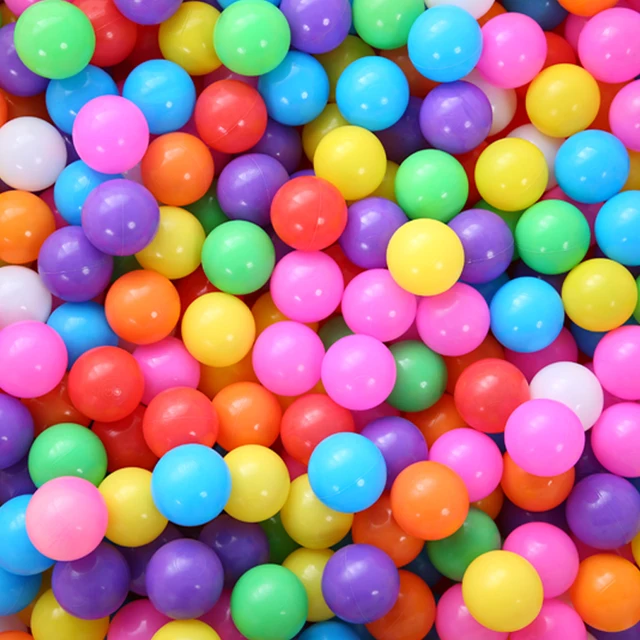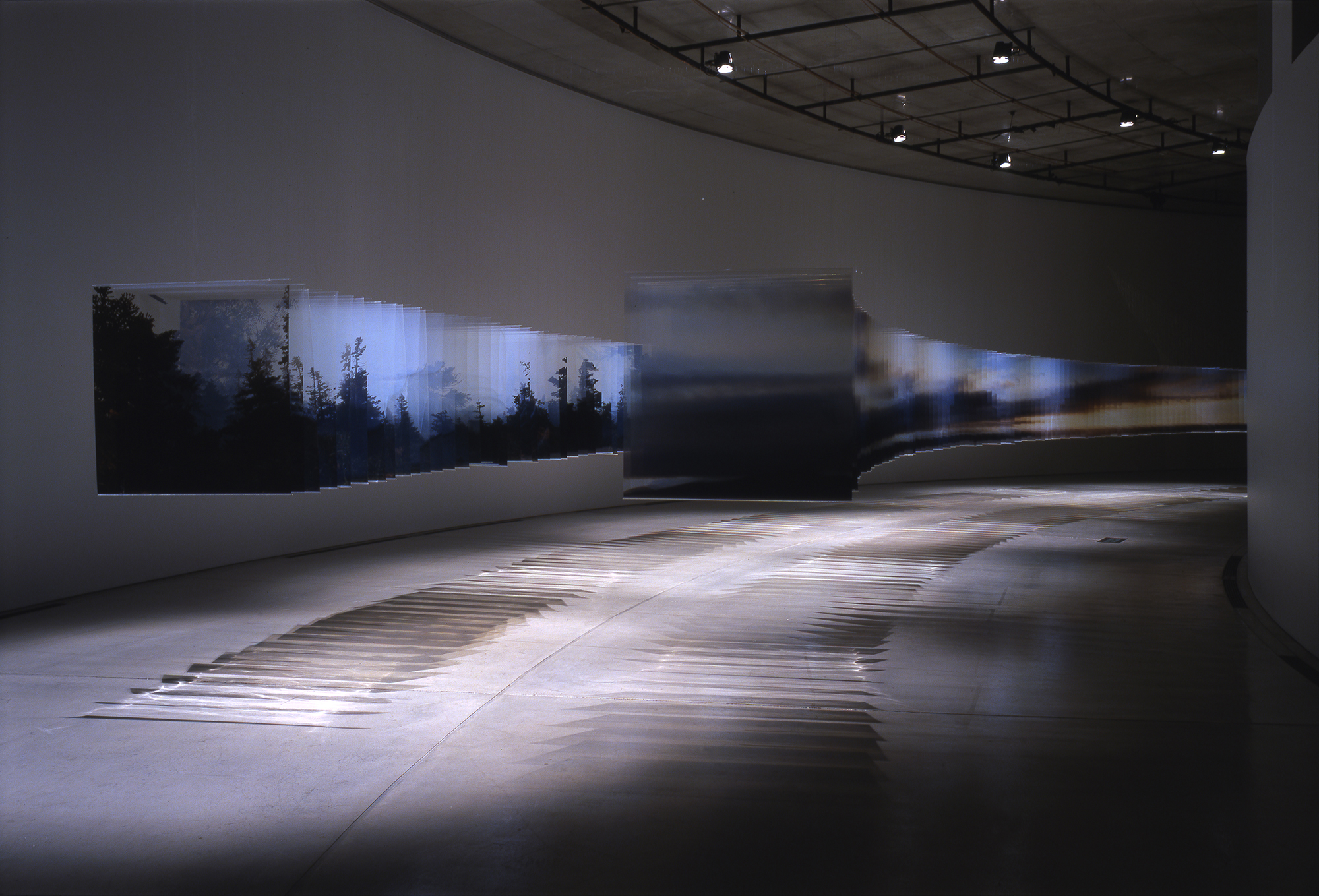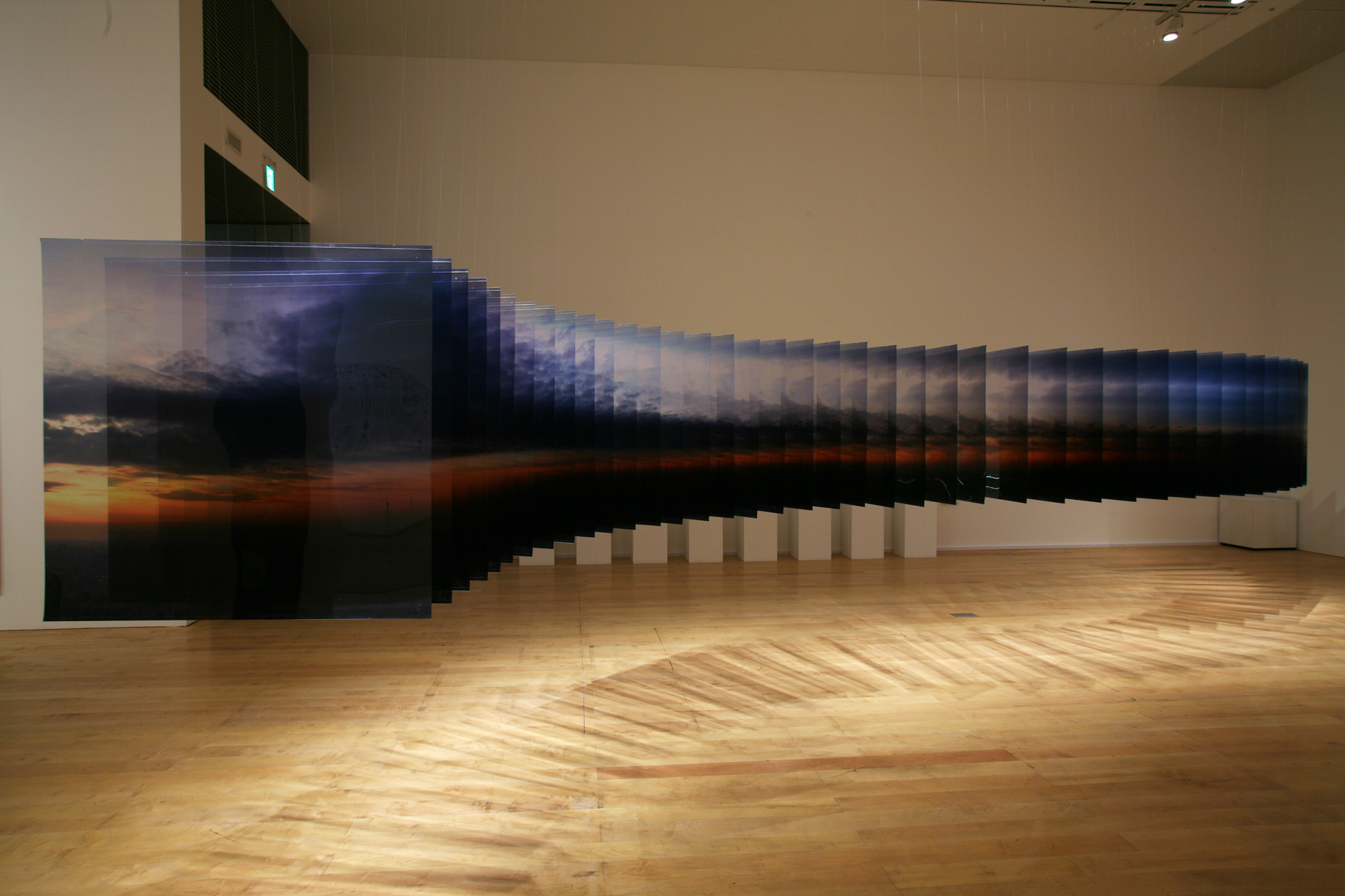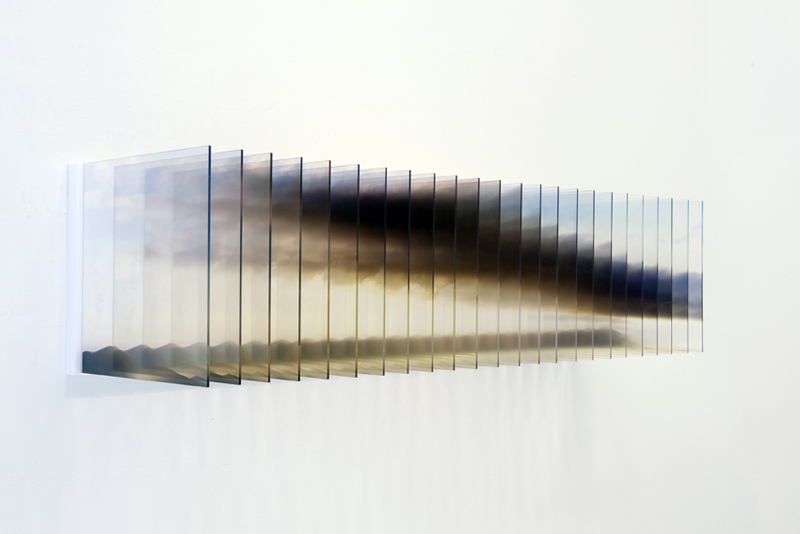
In this reading, we learn many keywords surrounding a good Digital Artefact, we were taught to judge on the intentions and expectations in specific situations while having highly developed judgement skills for the design to be “good”.
To create a digital artefact, we have to start with Interaction Design, which is a design process of creating something that has ‘strong relation to the academic field of human interaction’. These include computer science, information systems and software engineering.
Design Process
1. Design Situation
Reason for the design process to be initiated and the context within which the design work is carried out
2. First Sketch
The view of the first sketch leads to a realisation that design includes responsibility between the client, designer and the design work
3. Everyday Practicalities of Design
Factors like ethical issues, aesthetics, functional considerations, social and organizational contexts have to be taken into considerations and changes have to make accordingly
4. Design in relation to Society
Constant participation in the discussion about the development of infotech and its role with the society
5. Design Artefact
Production of the product
 APPLE AIRPODS
APPLE AIRPODS
In relation to what we have discussed, Apple’s Airpods was produced in 2016 in lieu of creating something that is handsfree, unrestrictive to the user(Design Situation). In this case, apple has successfully eliminated the step of creating the first sketch by using the same design for their existing earpiece design. The success of the earpiece design led to the continuation of the design here.
However, Apple has included some practicalities here by introducing Siri to the Airpods and the earpiece is on whenever its removed from its casing, so that there aren’t any confusing buttons and as such, being foolproof to the user. As part of constantly moving forward with the society, it is easy for the user to lose their earpiece with it being small, hence, in one of the updates, they have added the airpods to their Find my iPhone application so that users can easily locate their product when they lose them.
In my opinion, I find that Apple Airpods is a good design created as they minimised the use of hands movement and allows the user to be engaged in other activities with both hands while still being able to control the device through speaking. It makes good use of one’s different senses. Also, the minute intuitive designs also saves the user from many hassle work and hence, maximising the productivity from one small device.












 Mega Death
Mega Death



























































